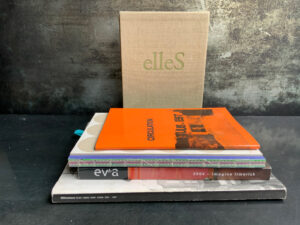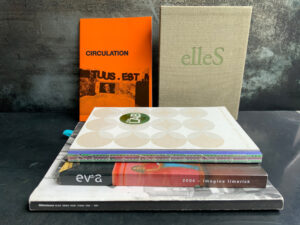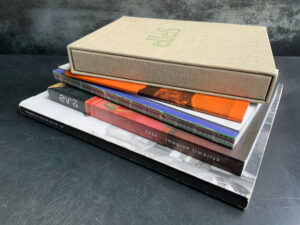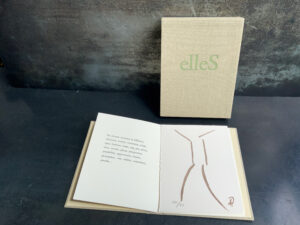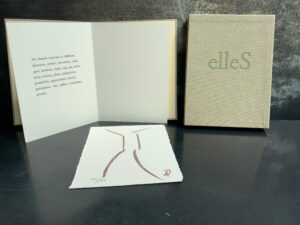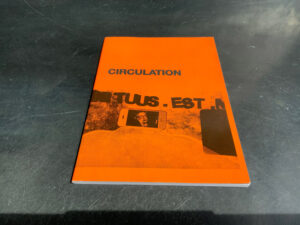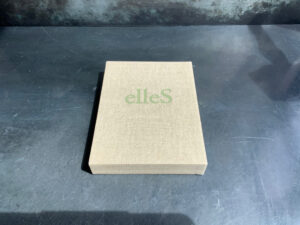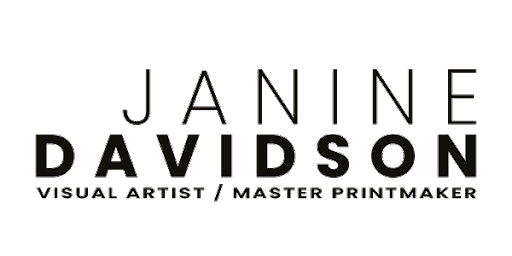Text
Underlining something important
by Áine Phillips
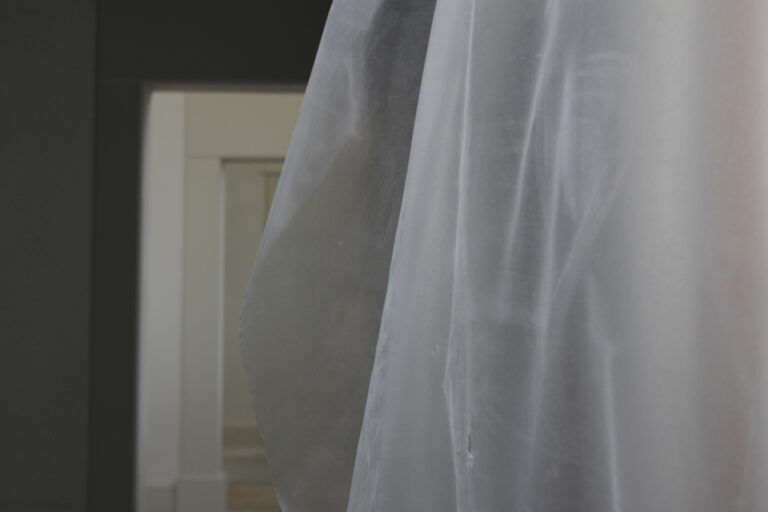
Janine Davidson/ Frank Wasser/ Séamus McCormack/ Elaine Leader/ Tanya O’Keeffe/ Olivia Hassett
Curated by Orlaith Treacy
Occupy Space, Leamy House, Hartstonge St. Limerick
June 6th-28th 2014
The writing below is an extract from a commissioned text by Dr Aine Philips to accompany this group show.
The Frank McCourt Museum building close to Limerick City Gallery has become the most recent venue for Occupy Space. True to their name, the dynamic artist led organization has taken up residence again in a new deep-space, a balustrade basement chamber alive with the lingering resonances of its incarnations. Previously the space was a snooker club and before that a factory line of men’s clothing swathed the cavernous premises. In the lost time of Frank McCourt’s childhood, school children in regimented tiers hungered for raisin scones. Haunted by these antecedents, the historicity of the space is somehow lightened by the bleak modernist style dear to snooker devotees of the 1980’s. It is gladdening that this building is being re-purposed again, and reopened to the public to experience its nuanced histories that are well considered in the exhibition Underline.
Occupy Space curator Orlaith Treacy has produced the show of 6 artists work with respect to this particular architecture and it’s past lives. Treacy has worked with Occupy Space for three years as a driving force within the organization and she has been a durational presence – a still point in the moving world of artist run initiatives. The cultural influence of such groups for the promotion and advocacy of emerging artist’s careers is vital but can be diminished by the transitory nature of membership and directors. Occupy Space flourished in the past 4 years since its inception thanks to dedicated organisers and artist-curators such as Treacy. She has developed a singular elegance and deliberation to her curatorial approach, evidenced by a number of shows she curated and produced such as Scratching the Surface 2014 and Common Ground in 2013 with Barry Foley. Underline reaffirms her meticulous graceful ordering in the selection of this group of early career, Dublin and London based artists, who completed MFA’s together in NCAD in 2012.
The site specific emphasis of the exhibition generates an immersive installation-like experience that also serves to unify the diverse artist’s works into a coherency. There is a sense of entering a clandestine underground world on descending into the shadowy chamber where flickering projected and screened images reveal enigmatic sculptures and arrangements of found objects.
A precisely installed monumental projection of Janine Davidson’s HD video shot in the Irish Museum of Modern Art amplifies some of Leader’s explorations of human values within architecture. Here we enter a modular and repetitive historical building (the camera walks through room after room like a recursive Magritte painting) projected to actual scale, so we sense the possibility of our own physical presence and experience of architectural space. This film was shot during IMMA’s recent renovations and we witness the traces of remodeling exposing the constructed, temporal nature of human interventions into seemingly immutable buildings. Davidson’s slow mesmeric visualization of this other building full of history and meaning strangely brings our awareness to the space we are in. This projection, like an apparition or a trace of the past gives us leave to project other traces of ephemeral and fleeting backgrounds and back stories into the broader space of its installation in Leamy House.
Áine Philips July 2014
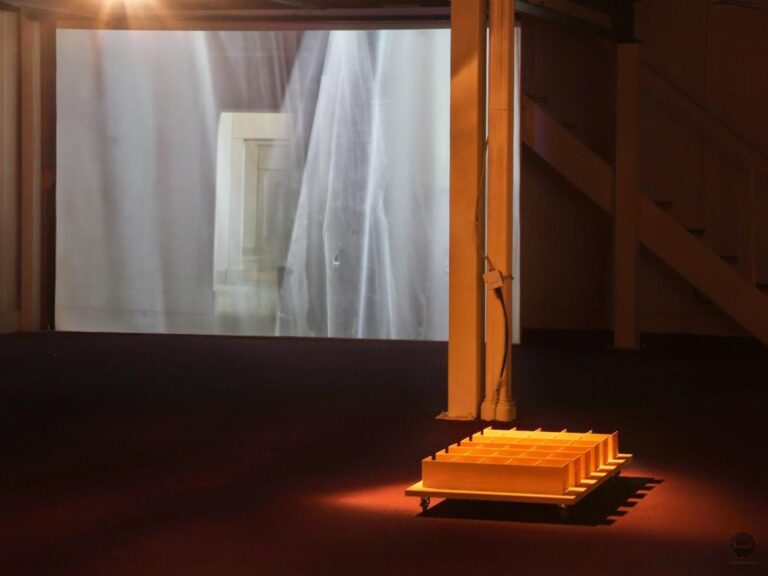
Janine Davidson/ Frank Wasser/ Séamus McCormack/ Elaine Leader/ Tanya O’Keeffe/ Olivia Hassett.
Curated by Orlaith Treacy, Occupy Space, Leamy House, Hartstonge St. Limerick, supported by the Arts Council of Ireland.
Underline showcases the work of artists Janine Davidson, Frank Wasser, Séamus McCormack, Elaine Leader, Tanya O’Keeffe and Olivia Hassett. Working site specifically, they have reacted and responded to the underground basement of the historically significant Leamy House exploring its ever changing societal functions as a school, factory, museum, snooker club and venue for the arts.
This exhibition investigates the public and private in our society, deconstructing and reconstructing that which is hidden and revealed in our past, present and future.
Each artist takes a different approach to the history, physicality and resonance of the space; Davidson presents us with an immersive video piece that reflects the ephemeral and ethereal in such a historical building. McCormack and Wasser explore text and theatricality; McCormack focuses on the behind the scenes practices in theatre and makes reference to playground school games in an installation dealing with social performance and identity construction, creating liminal space that disorientates or re-orientates perception. Wasser creates a futuristic sci-fi script that explores labour and working conditions utilising the characteristics of the work of art as a decoy for a hidden agenda, to construct a situation which aims to re-negotiate value, function and language, under the dominant culture. This is something that Elaine Leader physically investigates with a model of repetitious office spaces highlighting the impersonal and rigid conditions of the workplace and classroom, exploring the politics of space.
O’Keeffe and Hassett also take a physical but corporeal approach; O’Keeffe uses sensation and the transformative power of touch as a means of communication performatively reacting to her surroundings and allowing the audience to engage with their own corporeal reality. Hassett creates installations which explore notions of the abject body and its potential to be simultaneously grotesque and sublime. Between Bits, the site specific installation created for Underline draws directly from Hassett’s preoccupation with the metaphorical and phenomenological notions of skin as a porous, liminal boundary between public and private aspects of the human body.
The Starry Messenger
VOID, Derry
05 August – 26 September 2014.
The Visual Artists’ New Sheet Sept -Oct 2014
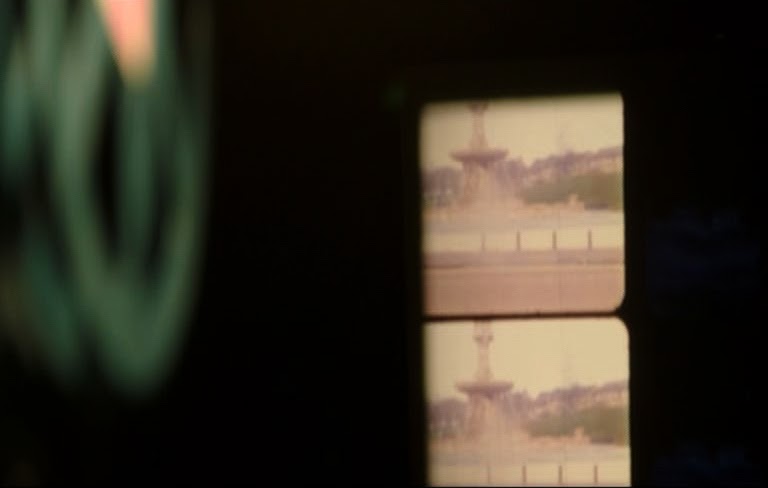
The writing below is an extract from a response by Andy Parsons, a Sligo based artist and co-founder of Floating World Artists Books.
…Two Fountains (2014) by Janine Davidson was created using the features of the 8mm filming process to create a double image of two fountains, one in Belfast and one in Glasgow. The film, made by splitting 16mm into two 8mm streams played concurrently, alludes to the past through its construction and imagery. The film itself has an architectural solidity which is echoed in the solid yet anachronistic structures it depicts. Watching the film I became aware of the ubiquity of the split screen in video, and there is a sense that the technical challenges Davidson has created for herself within the medium are a way of asserting the value of a slower more measured approach….
Silhouettes and Shadows
Commissioned text by Séamus McCormack artist and Assistant Curator: Exhibitions at the Whitechapel Gallery, London..
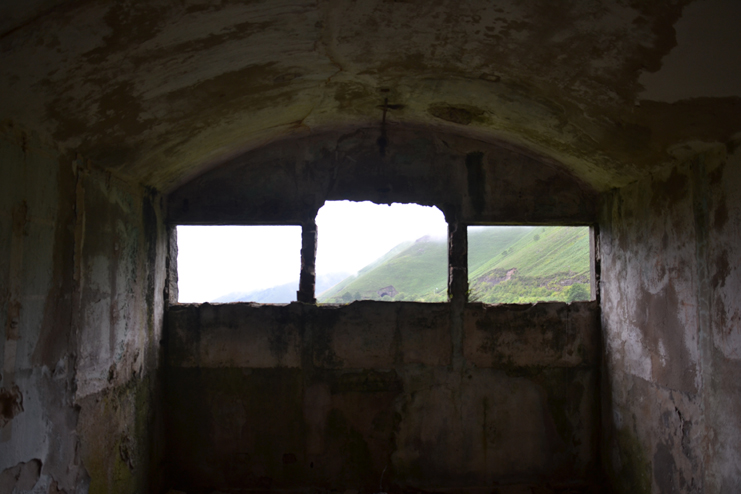
A now infamous legend by Ancient Roman philosopher, author and naturalist, Pliny the Elder, tells the story of how Dibutades, on the eve of her lover’s venture into war, marked the contour of his head on a wall, from the shadow cast by a burning lamp opposite the figure. This act, in order to memorise the departed man by creating his silhouette, has become a metaphor for mark making and in time the photographic and cinematic image. This act of projection, both in an actual and figurative sense, has been at the core of our understanding of how images are created. Janine Davidson’s varied practice, which includes film, video, installation and photography, takes the baton of Dibutades’ apparatus, in which the strategies of projection, framing and screening are made evident in her pictorial experimentation. Davidson’s work often uses memory as a starting point in its creation and conception. Her repeated use of contested geographical locations with subjective associations for both the viewer and the artist can trigger and challenge notions of commemoration, familiarity and remembrance through the use of specific sites and locations.
The artist makes use of optical devices, both existing and invented, to draw our mind’s eye and pinpoint its gaze towards the interface between meaning and perception. The repeated presence of obstructions and apertures and the boundary between screen and viewer, constitutes an essential component of Davidson’s vista. We are often invited to peer beyond the screen through the gap, skewing, and squinting. Her works allow us to peek through the ‘looking glass’, to uncover how the visual trickery is achieved. “A screen is a barrier,” wrote philosopher Stanley Cavell in 1971. “It screens me from the world it holds – that is, screens its existence from me”. Davidson’s film and photographic work moderates and mediates this barrier. Her screens invite us into worlds where a personal vantage point for the viewer is offered.
Through editing, looping and repetition, her moving image work creates an awareness of difference between the passing of real time and represented time. It permits the viewer to rely on our own personal memories when engaging with the work. Davidson could be considered as working within the field of what has come to be known as ‘Expanded Cinema’. However, ‘Expanded Cinema’ is not just a question of using many screens, or just taking the light beam into the gallery space. The key difference is whether or not a work is predetermined, is already made, as the record of an event that has previously taken place, and so can be recognized independently of its projected instantiation, or whether it is made in and through its projection. The work in essence initiates the drama in the film process, where the material of form, its nuances and practicalities are revealed.
In addition to Davidson’s moving image work, she also creates still photography. In both forms there is a common sensibility. Photography is used in various outcomes, be it in the initial pre-production location scout or in the eventual presentation of the composed photographic shot as a product of extended research into site, space and composition. One such work is Engaña (2014) a photograph from the Túnel de la Engaña located in Northern Spain. It is no coincidence that engaña translates as to deceive a synonym for to obscure.
On first glance, the composition immediately reminds one of a traditional triptych painting, a pictorial device repeated throughout the art historical canon, particularly in Renaissance religious painting where the middle panel, typically the largest is flanked by two smaller images often intersecting the narrative of a figurative scene. In Davidson’s photograph the vista of a landscape is dissected to create a trinocular perspective. This trinity of outlooks are illuminated and projected from this dark man-made formation, a stone structure with a vaulted ceiling becomes our auditorium, our cinema, where we are invited to look beyond the screen into a much more welcoming panorama. The scene of a mountainous topography with its diagonal cliff transecting our view suggests a reference to painterly composition and to the fact that the image is not a mere postcard snap-shot, but a prudent view by the artist.
This photograph draws to mind an earlier dual projection video installation entitled Hyde and Seek (2011), in which the artist stalks a particular site with her lens. In this work the image is further confounded by the fact that the landscape captured is of the North/South Irish border, a site of surveillance and security. The perhaps innocent or hobbyist activity (from this hyde) immediately becomes more sinister by the context that surrounds the geographical location of the scene. Amplified by a certain political moment, the installation places the viewer in an anxious position where both site and history can alter our understanding of the image presented.
The changing contours of memory are of interest to Davidson, amplified by both context and sense of place. Her work draws our attention to what we look at versus what we see, what memories we retain and what we discard, what is obscured and what is laid bare. How an image is framed affects our perception and understanding of how we engage with it. Site and the use of particular architectures both geological and manmade, retain shadows, memories and secrets, in Davidson’s work we are invited to explore the gradations and balance of both illumination and shadows.
Mondloch, Kate (2010) Screens – Viewing Media Installation Art, University of Minnesota Press, Minneapolis, Introduction, p. xii
Je me souviens
The following is an extract from a response by Barry Kehoe to the NCAD Masters in Fine Art/Art in the Digital World (MFA/ADW) graduate show that took place in June 2012.
…Je me souviens, they’re memories that have been prompted, things that I had forgotten that I will make reappear, an anamnesis, i.e. the opposite of forgetting. Georges Perec

…and certainly the sense of relief when the journey is concluded is also something that we carry with us to the more contemplative works, such as those of Janine Davidson.
Davidson’s works provided a conundrum of technical ingenuity and presented a play of light that held a short lived interest beyond the curiosity of its formal trickery and the diurnal projection of the journey from day to night, Half-Light (2012) presented a simple circadian sequence. However Hyde and Seek (2012), also presented by Davidson, was by far one of the most memorable works in the show. This video installation was profoundly captivating and initially it was a struggle to ascertain why it compelled a second and third viewing. This projection was uncomfortably situated in a dark recess in the far corner from the entrance of a claustrophobic classroom. This was the perfect location for a work that had the ability to transport the viewer into another space, an inner-space. This video shot from within a bird watching hide touches on, as suggested by the title, the very catalyst of transformation: the act of observation. It hints at the internalised transcendent “I” and turns our attention inward. Although presented with a view, the viewer is positioned some distance form the bird hide windows that open onto a landscape of no consequence. The excellence here is in the disturbing internalisations that it forces upon the viewer…
Click here for Downloads
– Into the gravelly ground Janine Davidson: Janine Davidson Gallery Guide Commissioned-Text
– Janine Davidson ‘Into the gravelly ground’ Review: Into-the-Gravelly-Ground-VAI-review
– The Starry Messenger: 22
